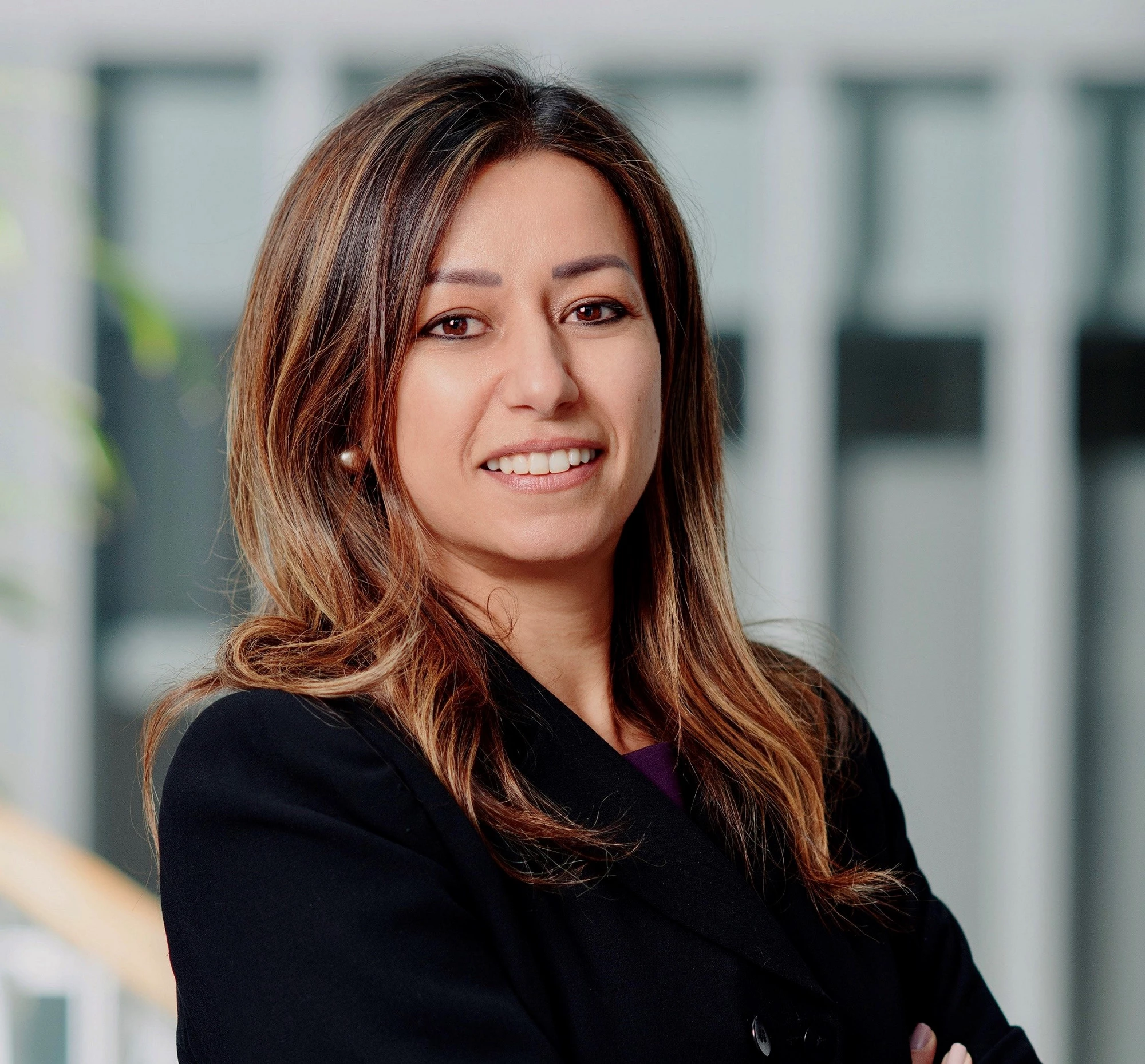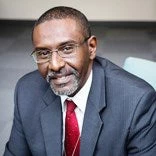 Building for Peace report cover.
Building for Peace report cover.
Nine years after the Arab Spring, people in Iraq, Libya, Syria and Yemen face tragically high levels of death, destruction, and displacement. From 2012 to 2017, the Middle East and North Africa (MENA) region alone accounted for the largest share of global battle-related deaths, before being surpassed by Asia in 2018 and 2019.
These unprecedented levels of conflict and violence in the region pose new challenges to practitioners and policymakers. Transitions to sustainable peace are complex, though, particularly where the causes of protracted conflicts are intertwined, often involving different local and regional actors.
The first step — to ensure that a transition from conflict to peace does not lead to a relapse — involves articulating a clear, long-term strategy, one that addresses past (and existing) grievances and maps out policy trade-offs to avoid unintended consequences. This calls for a different mindset that moves away from rebuilding physical infrastructure and towards centering on people and their well-being. This change in focus, from bricks and mortars to people and communities, can help us understand a key aspect of planning for peacebuilding. It can encourage us to focus on assets, not just damages, when thinking about what to do, helping us to build on what is already present and use windows of opportunity as they present themselves.
A long-term strategy should include a strong understanding of building people’s sense of security and trust, and creating time and space for inclusive, legitimate institutions that do not merely rebuild past systems but are accountable and responsive to all segments of the population. It should shed light on grievances and the drivers of conflict, creating zones of accountability to reduce impunity and limit opportunities for the resurgence of conflict.
Our work and our experiences in conflict-affected countries have shown us that a siloed, sectoral approach — that ignores local political and economic dynamics — struggles to break the conflict trap. Focusing on interventions in selected sectors does not allow development practitioners and their humanitarian counterparts to fully address grievances. Nor does it allow policymakers to carefully assess the long-term implications of each policy intervention.
This means we need to use a more comprehensive and dynamic assessment process when thinking about interventions in these settings. A process that uses existing tools and makes any modifications necessary to gain greater understanding — among all the actors, institutions, and structural factors on the ground — is also key.
We need to gather our information without blinders, in an inclusive way, to avoid blind spots, and to avoid locking countries into treading a path that does not lead them to sustainable peace.
Assessments done without blinders will help us listen to the voices of people who have been living through these difficult situations, and not just the voices of those with whom we usually interact. As part of the background work done for the World Bank’s recent Building for Peace report, a series of anonymous online surveys was launched in Iraq, Libya and Yemen, conducted in partnership with a firm, RIWI. These surveys captured the perspectives, views and priorities of those living amid protracted conflicts.
An informed, integrated, long-term vision (resulting from a survey) must be accompanied by efforts to either restore or preserve still functioning social and economic activities and by creating and maintaining spaces for formal exchanges to take place among individuals from different walks of life. Sustainable peace cannot be achieved without ensuring security and livelihood for all — jobs that are meaningful and provide a livelihood and dignity to those who are employed, thus promoting inclusive prosperity.
This means resisting the building or rebuilding of a governance system that would perpetuate exclusion, informality, and private rent-seeking, or a system that fosters the same grievances that led to the conflict in the first place.
We also need to forge partnerships with local, national, regional, and international actors to identify entry points and build incrementally on the assets currently present. We need to engage all counterparts and key stakeholders with greater flexibility, requiring much broader reach.
Collaboration between different actors is crucial to bridge the humanitarian–development–peace nexus, and such partnerships will allow for a better mapping of the "big picture" on the ground to ensure we are all working towards the same long-term vision: achieving sustainable peace. Our work in Yemen, for example, involves partnering with different UN institutions and with local stakeholders to deliver the Yemeni population critical services while building the resilience and capacity of local and national institutions.
The peacebuilding process can inevitably create "winners and losers": We should not shy away from understanding the incentives of those who could spoil the transition to peace. Our collective effort to support Iraq, for instance, in breaking the cycle of violence, involves untangling how various armed groups build their economic and political base; how they are included in the national and local political economy; and their relationships with communities they claim to secure and represent. Understanding history and realities on the ground allowed us to map out incentives, the "push-factors" that had led to violence. They allowed us to tailor better interventions, offering incentives for peacebuilding, and to create institutions that are inclusive and resilient, all while supporting the emergence of new or expanded economic opportunities for those who had been excluded.
There are no "one-size-fits-all" solutions to transitions from conflict but what we found is that building on local assets, and understanding the dynamics on the ground, can build inclusive institutions, create meaningful opportunities for people to earn a livelihood, and foster social cohesion, paving the way to sustainable peace.



Join the Conversation